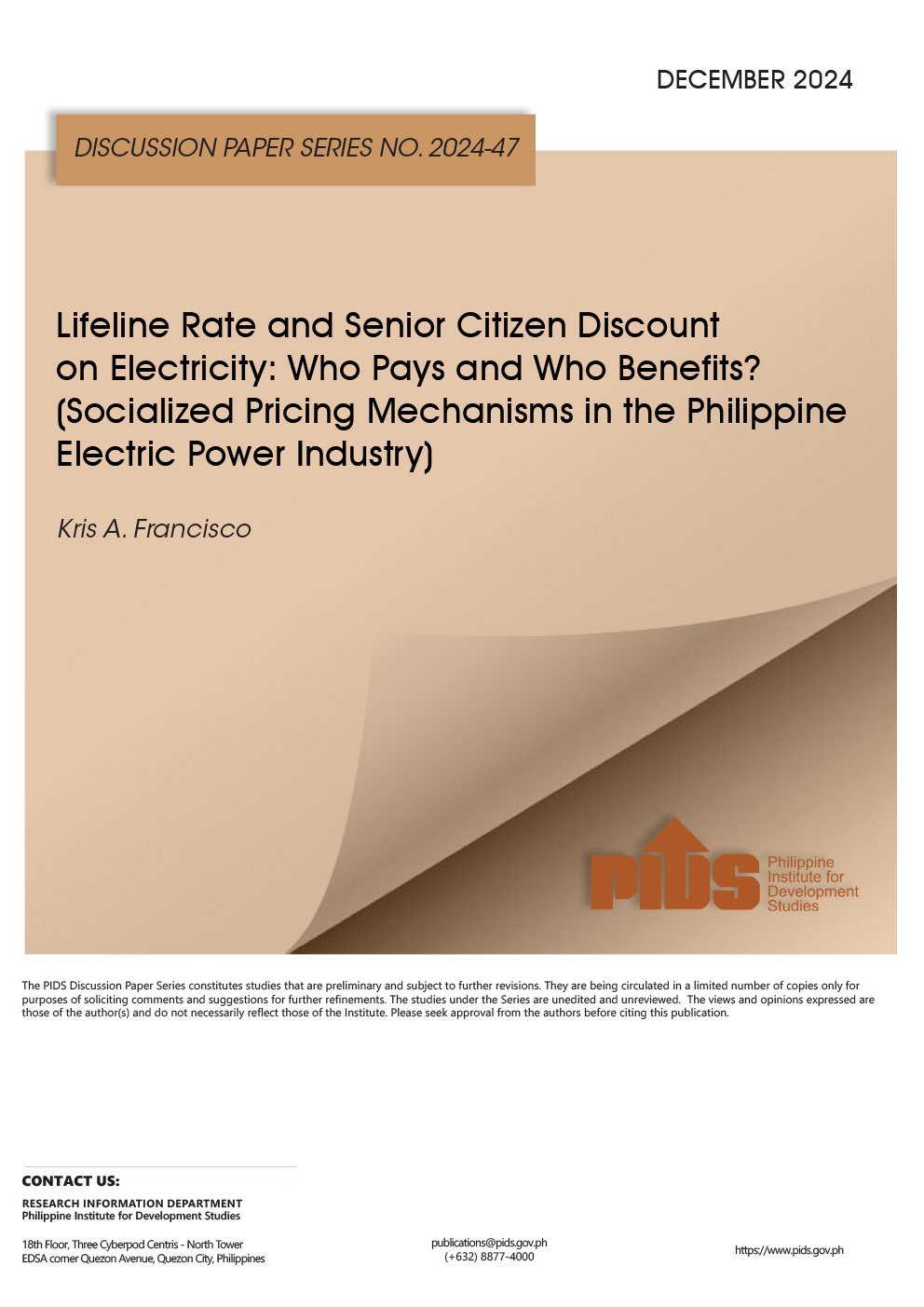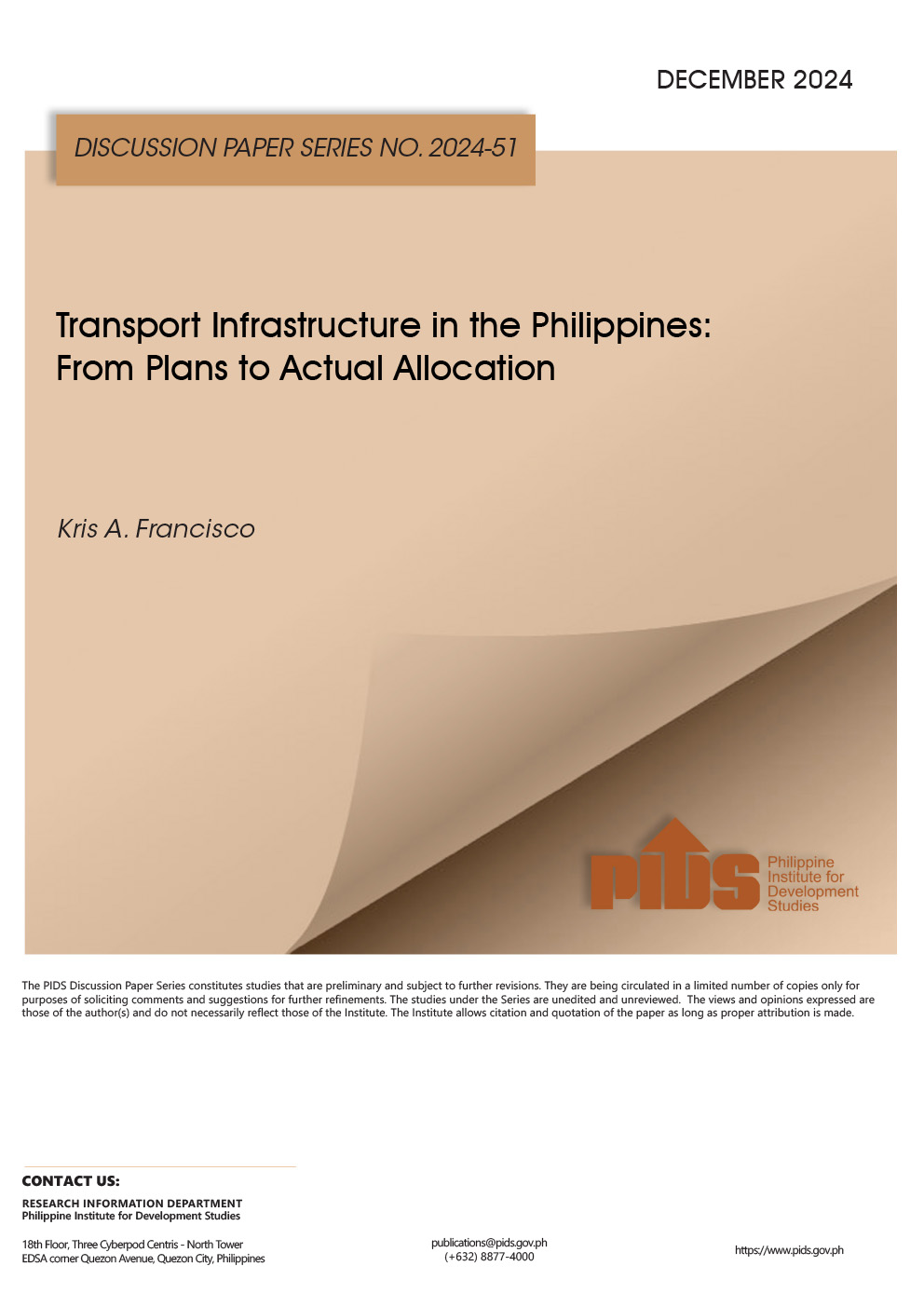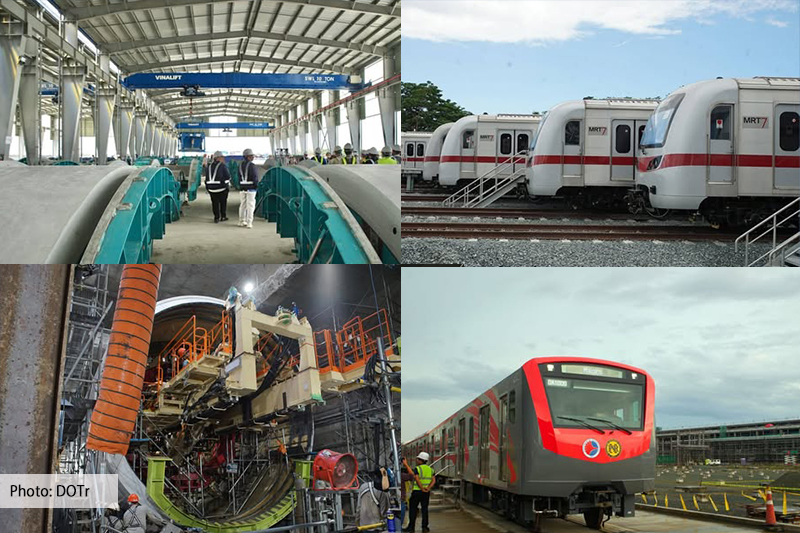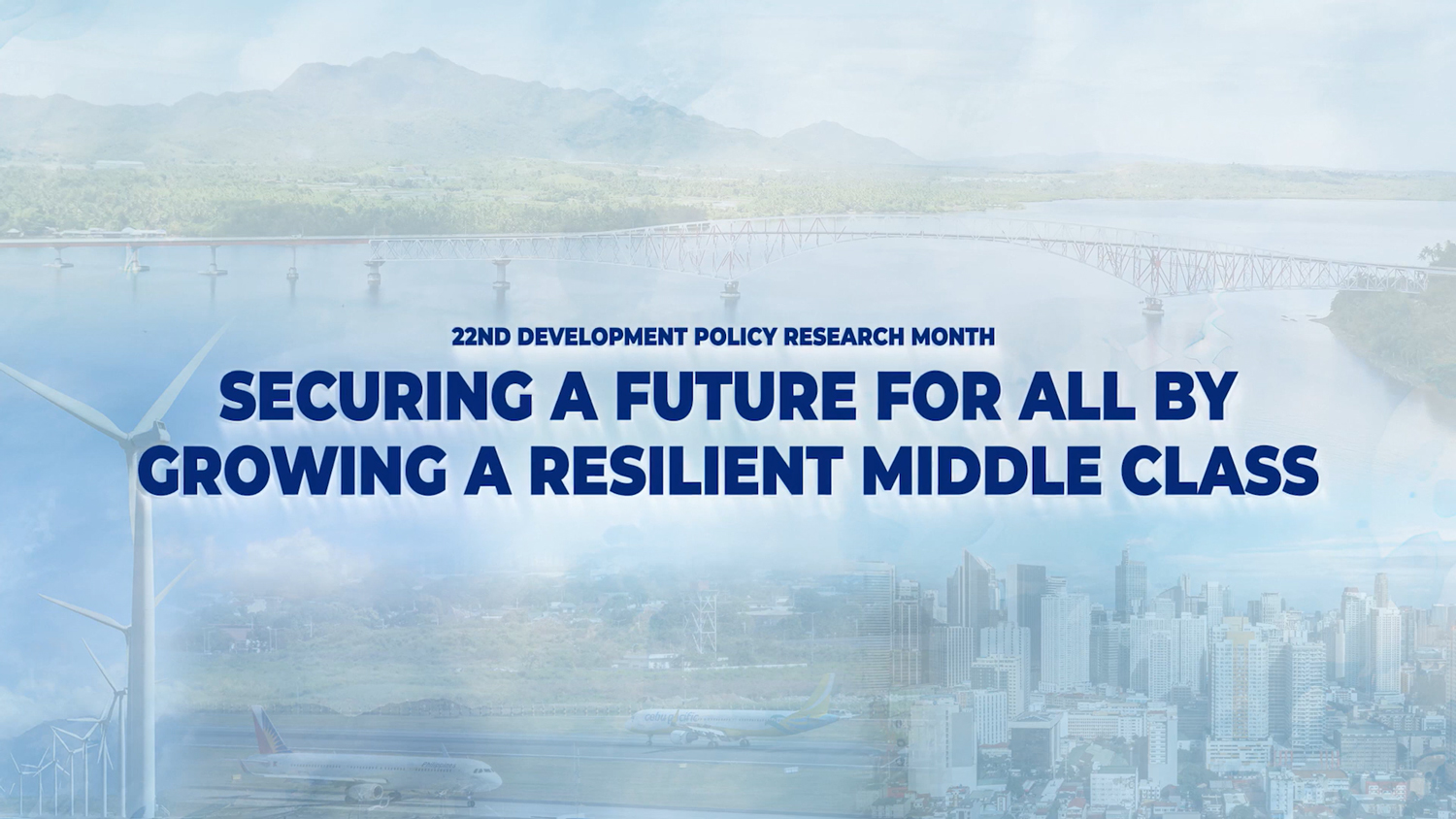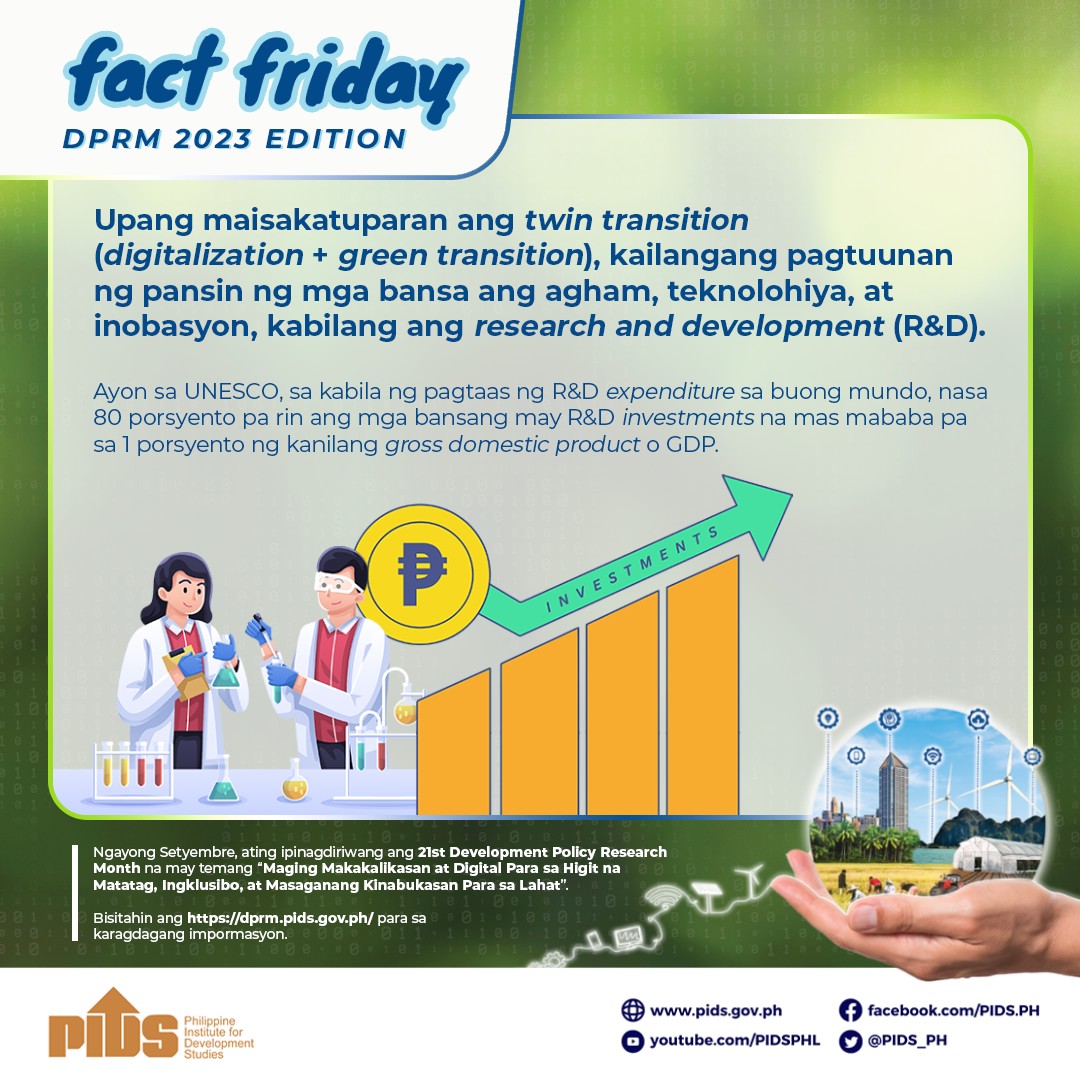Prof. James Roumasset of the Economic Research Organization of the University of Hawaii gave a lecture on "Financing Infrastructure Development: Getting the Incentives Right" on April 16, 2013 at the Philippine Institute for Development Studies in Makati City. This seminar was organized by PIDS in partnership with the National Economic and Development Authority (NEDA) and Public-Private Partnership (PPP) Center.
According to Roumasset, proper execution of public-private partnership (PPP) projects is key to ensuring that benefits accrue to citizens and not vested interests.
PPP—broadly defined as a contractual agreement between the government and a private firm involving the financing, design, implementation, and operation of infrastructure facilities and services traditionally provided by the public sector—has potential particularly in promoting innovation, raising funds, and managing risks, as well as in contract management and project design, Roumasset said.
He noted that long-term investment finance is down globally, with bank lending to developing countries falling sharply in the aftermath of the global financial crisis. Developing countries need to invest $1.2 trillion on infrastructure by 2020 to keep up with demand, he said, citing a World Bank report.
The economist pointed to delays in projects such as the elevated tollway connecting the North and South Luzon Expressways, the development of Clark International Airport in Pampanga as an alternative to the congested Ninoy Aquino International Airport, and mining activity in general.
Socioeconomic Planning Secretary Arsenio Balisacan, NEDA director-general and chairman of the PIDS Board of Trustees, however warned that in the Philippine context, the “most dangerous” contracts are joint ventures and unsolicited proposals, in which case tariff adjustments must be specified. At any rate, PPP projects go through vetting by Cabinet members, especially projects above P500 million, Balisacan said during the seminar’s open forum.
DOWNLOAD


According to Roumasset, proper execution of public-private partnership (PPP) projects is key to ensuring that benefits accrue to citizens and not vested interests.
PPP—broadly defined as a contractual agreement between the government and a private firm involving the financing, design, implementation, and operation of infrastructure facilities and services traditionally provided by the public sector—has potential particularly in promoting innovation, raising funds, and managing risks, as well as in contract management and project design, Roumasset said.
He noted that long-term investment finance is down globally, with bank lending to developing countries falling sharply in the aftermath of the global financial crisis. Developing countries need to invest $1.2 trillion on infrastructure by 2020 to keep up with demand, he said, citing a World Bank report.
The economist pointed to delays in projects such as the elevated tollway connecting the North and South Luzon Expressways, the development of Clark International Airport in Pampanga as an alternative to the congested Ninoy Aquino International Airport, and mining activity in general.
Socioeconomic Planning Secretary Arsenio Balisacan, NEDA director-general and chairman of the PIDS Board of Trustees, however warned that in the Philippine context, the “most dangerous” contracts are joint ventures and unsolicited proposals, in which case tariff adjustments must be specified. At any rate, PPP projects go through vetting by Cabinet members, especially projects above P500 million, Balisacan said during the seminar’s open forum.
DOWNLOAD
- Financing Infrastructure Development: Getting the Incentives Right
(Presentation by James Roumasset)


Gallery Images:

